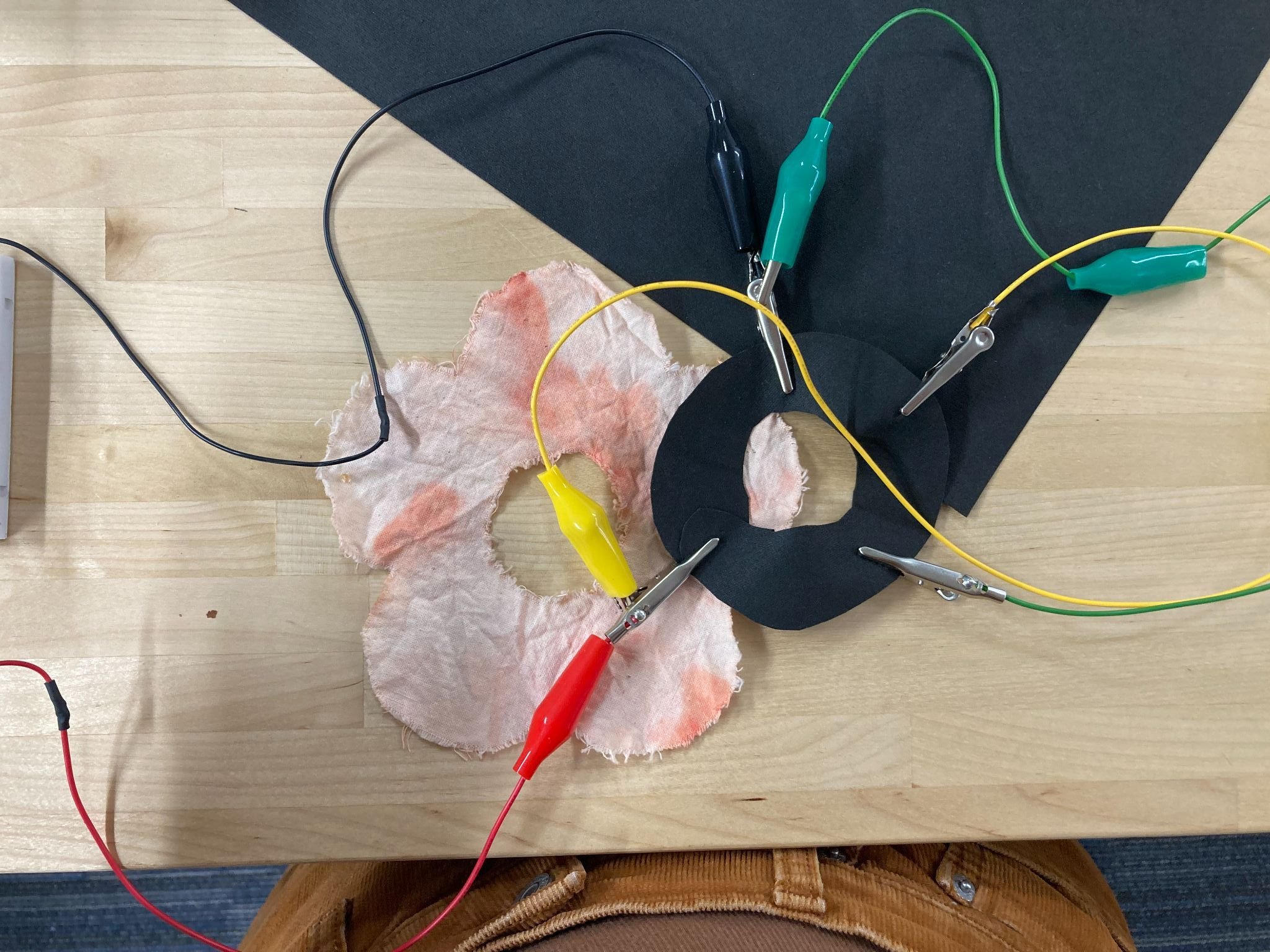
Haptic Technology:
non visual, non verbal, communicate solidly through physical sense
Importance of implementing haptic into projects
We live in a flat, screen-dominated world where communication is overwhelmingly visual.
Most of us are so reliant on sight that studies show many would rather die than lose their vision. But we’re overlooking something powerful: our skin. As the body’s largest organ, it holds untapped potential. Haptic technology isn’t just for those who are visually impaired, it can become a new language for all of us, expanding how we sense, connect, and understand the world.
Interesting Haptic Words:
Haptic doesn’t have to always associated with electronics, they can be feeling, texture, and other thing that influencing the form factor of a product.
Haptic technology (also called haptics) refers to technology that creates a tactile experience through the sense of touch. It's all about simulating physical sensations—like vibrations, pressure, or motion—so you can "feel" digital content or interact with virtual objects in a more realistic way.
Sketches of lightweight, soft, warm form
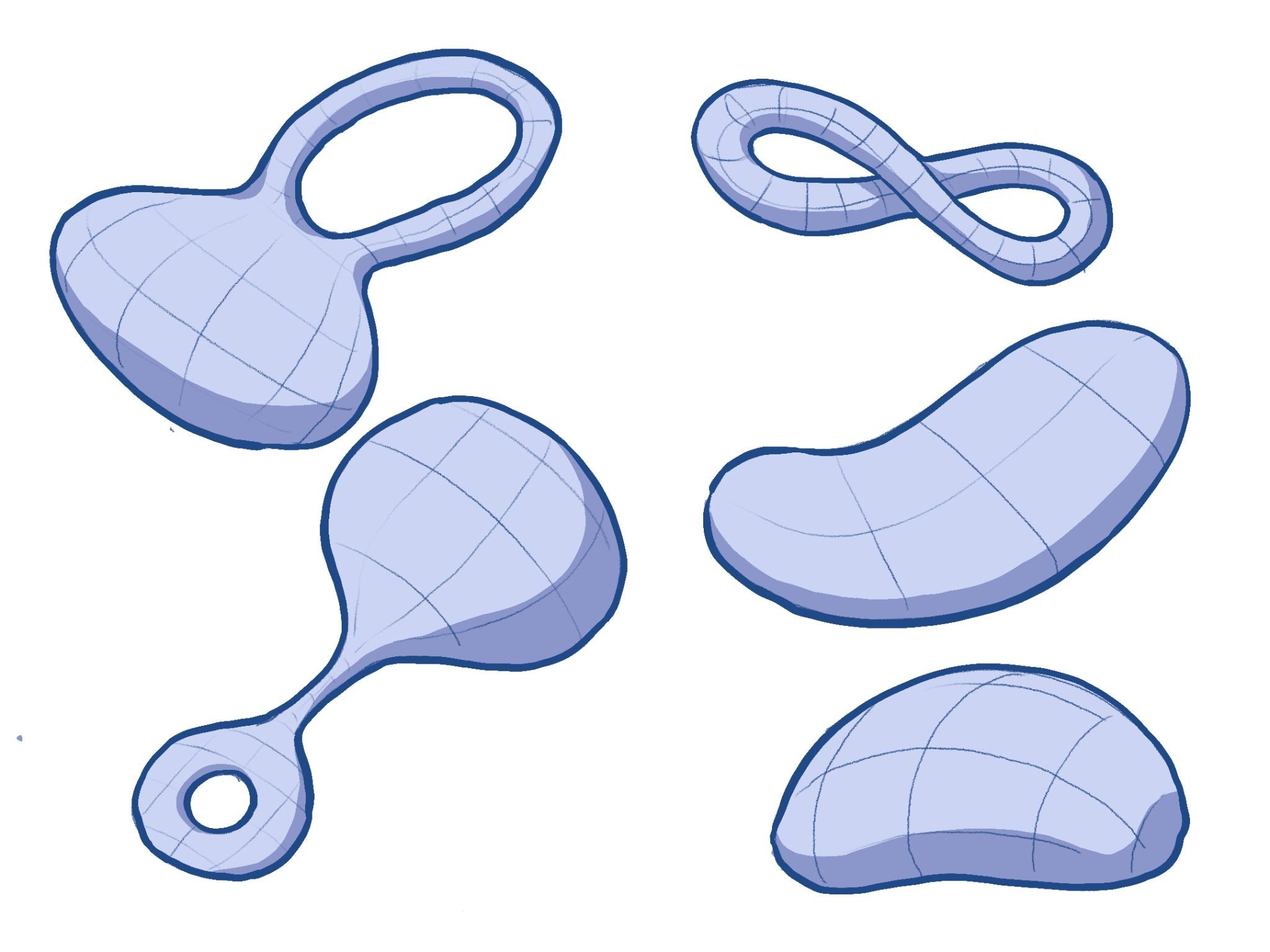
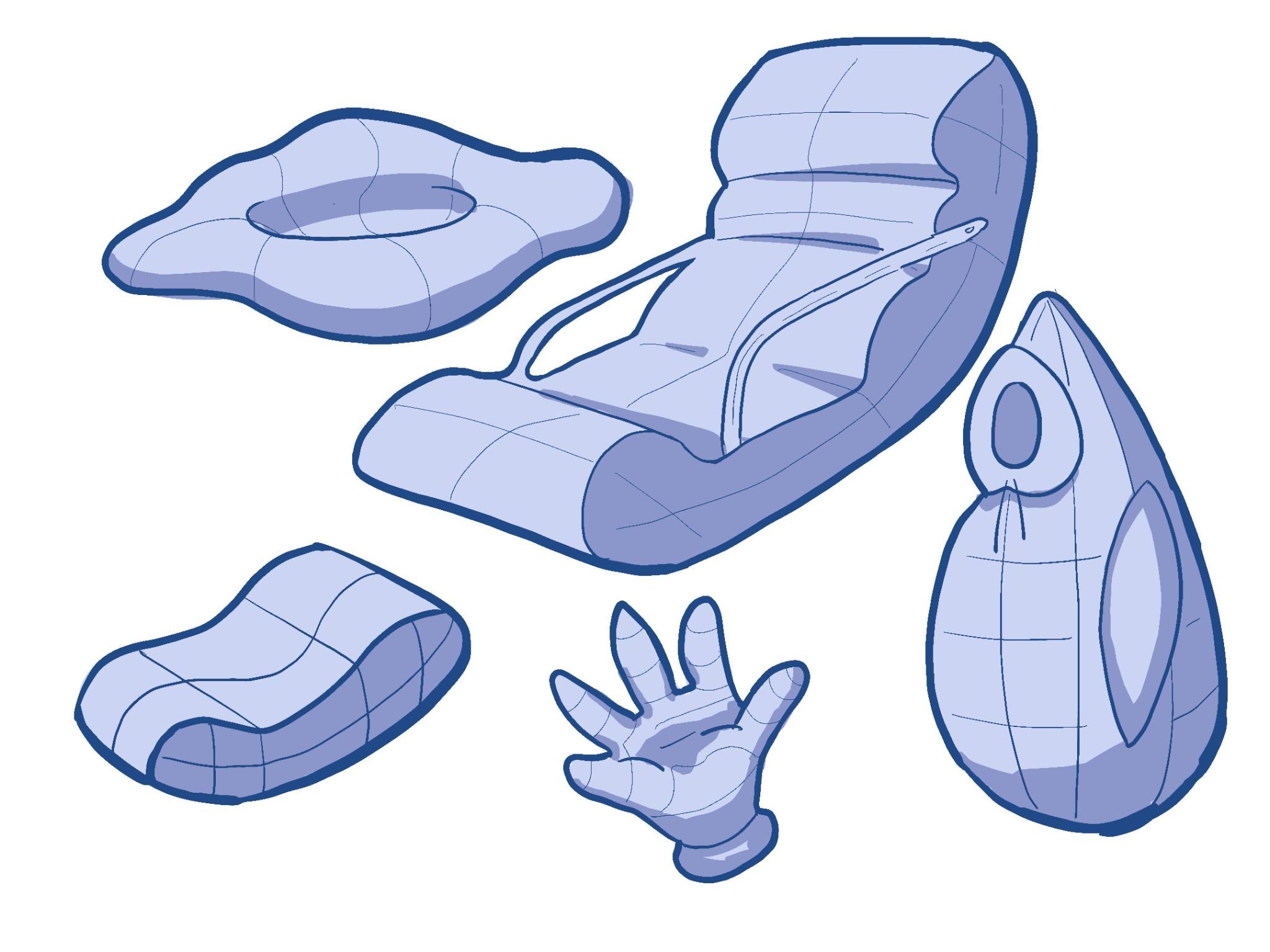

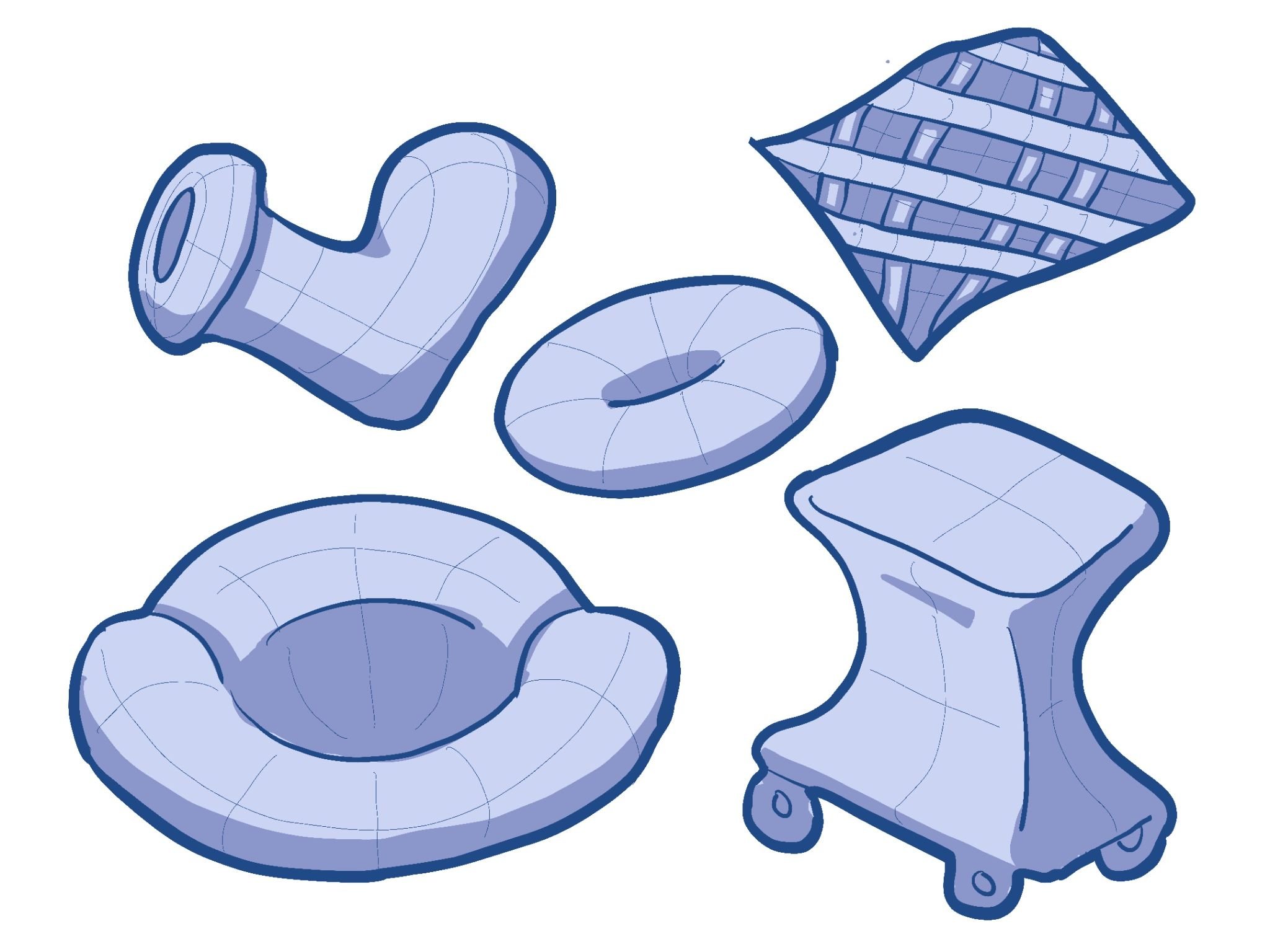
Scarf that change color
when it’s heated
The Cuddlepillar was born from my passion for women’s health. Traditional heat pads often look dull or clinical, so I wanted to create one that’s both functional and fashionable. While using heat-based haptics proved challenging due to power limitations with Arduino, I explored vibration instead. The playful and unique form factor sets it apart from what's currently on the market, offering a more comforting and joyful experience.
Below is my first form factor design
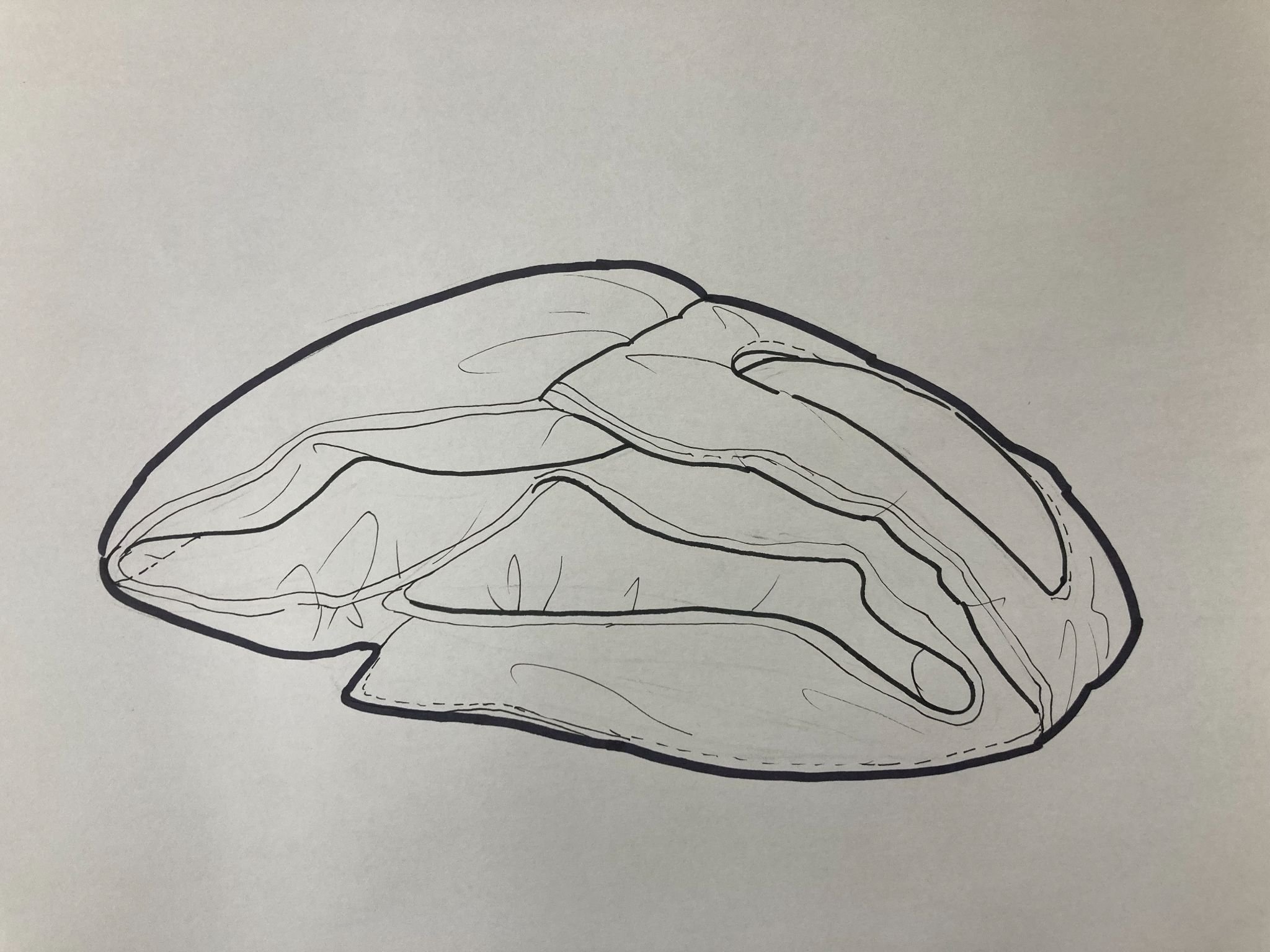
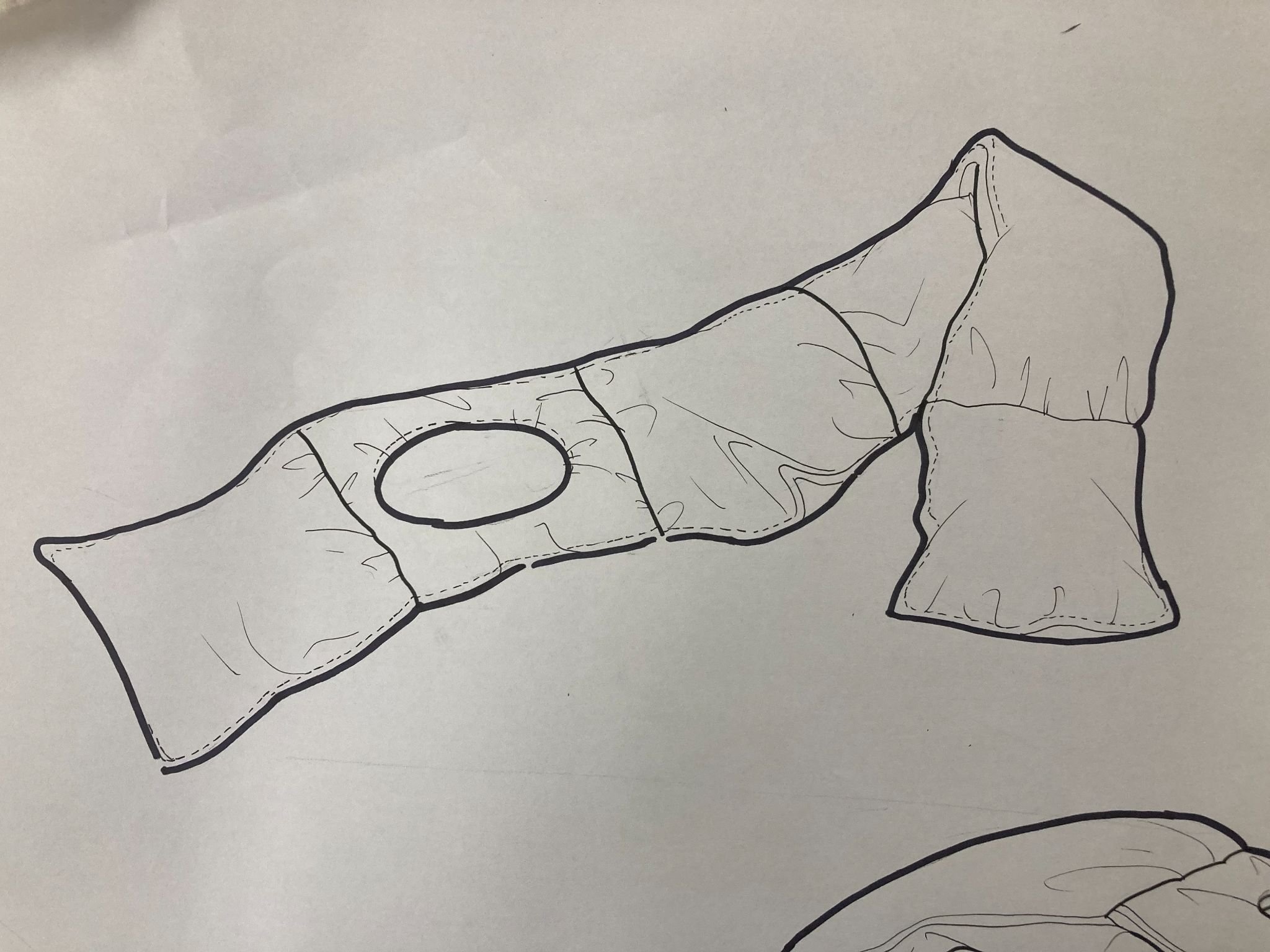
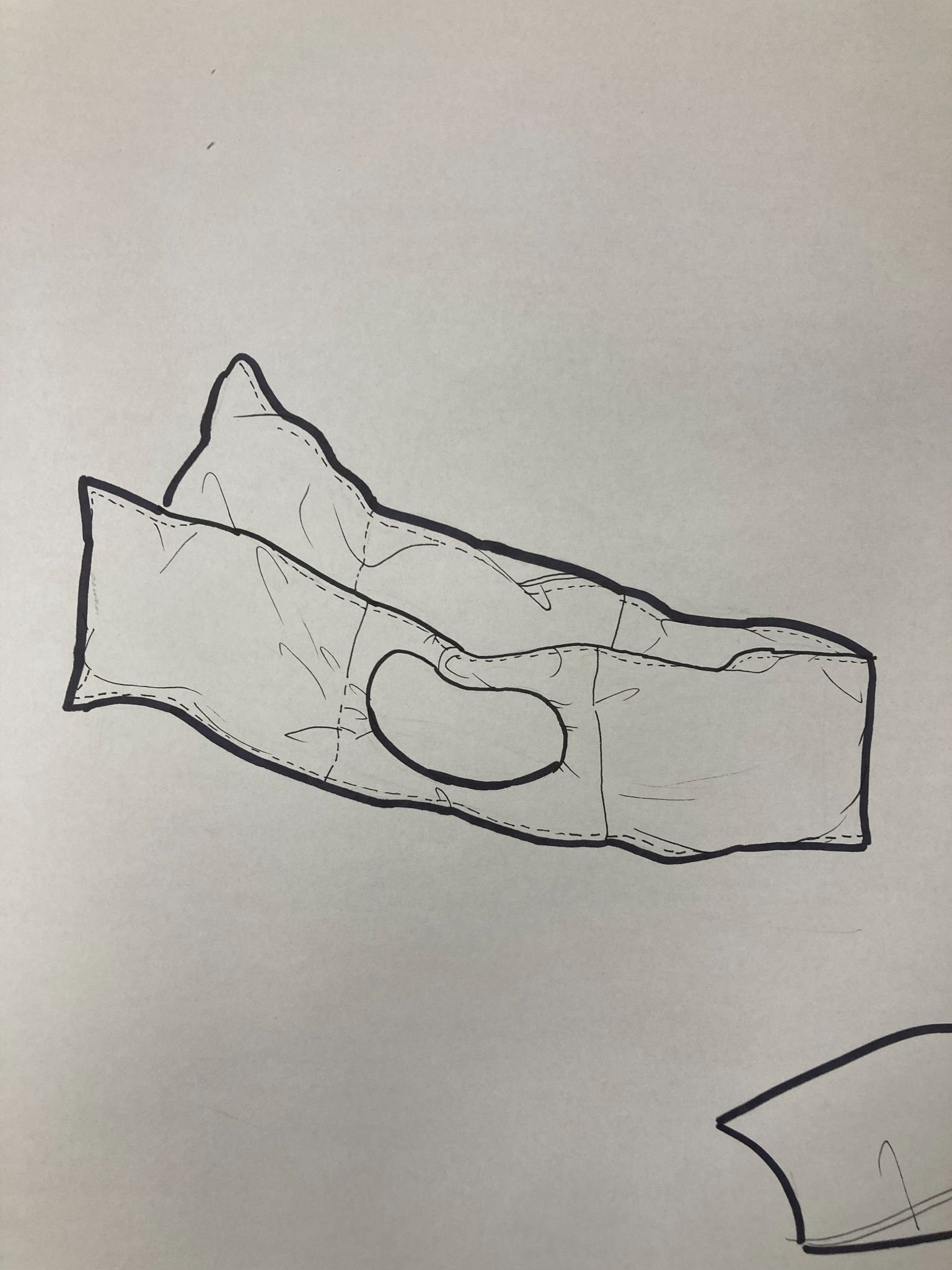
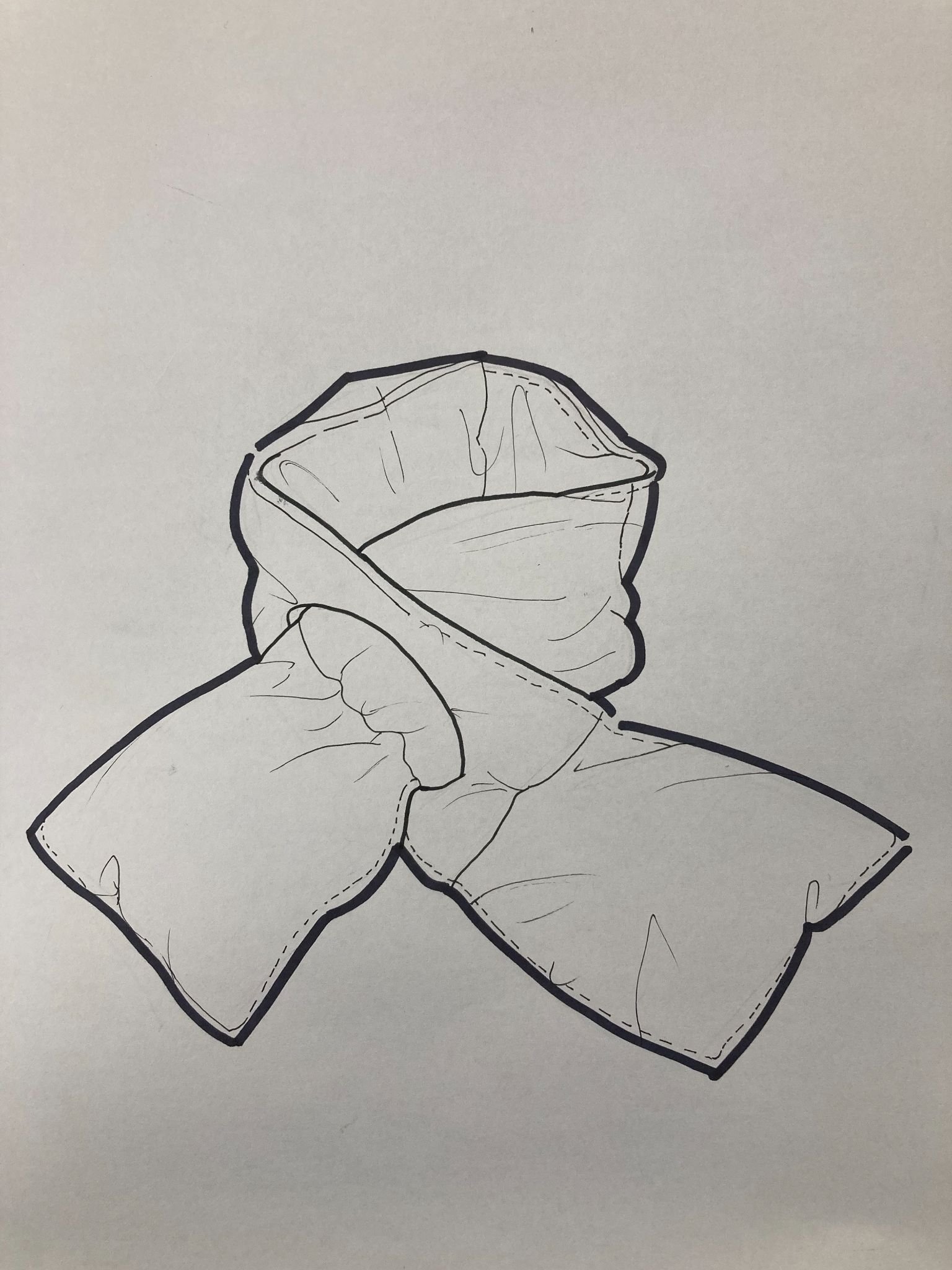

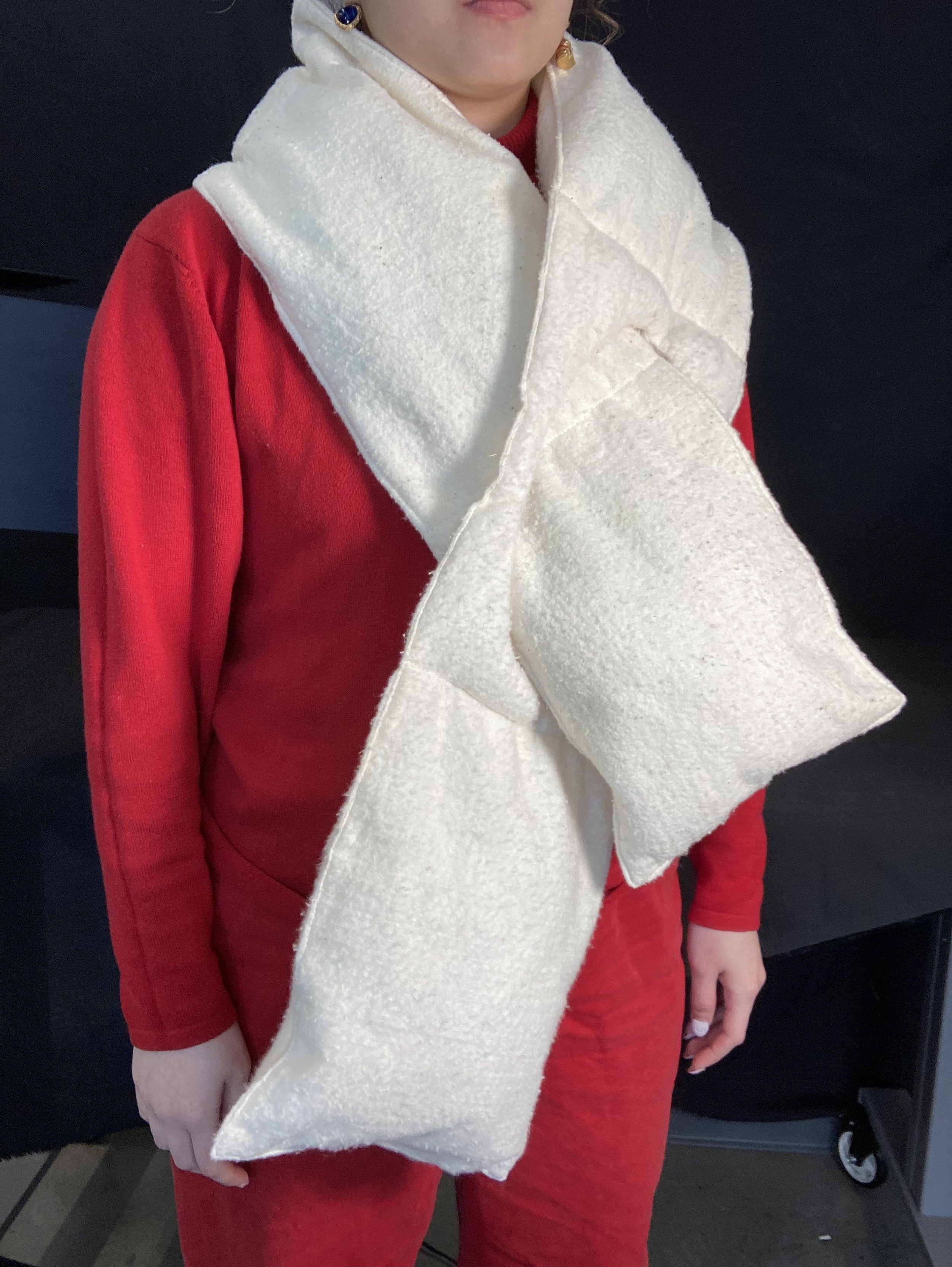

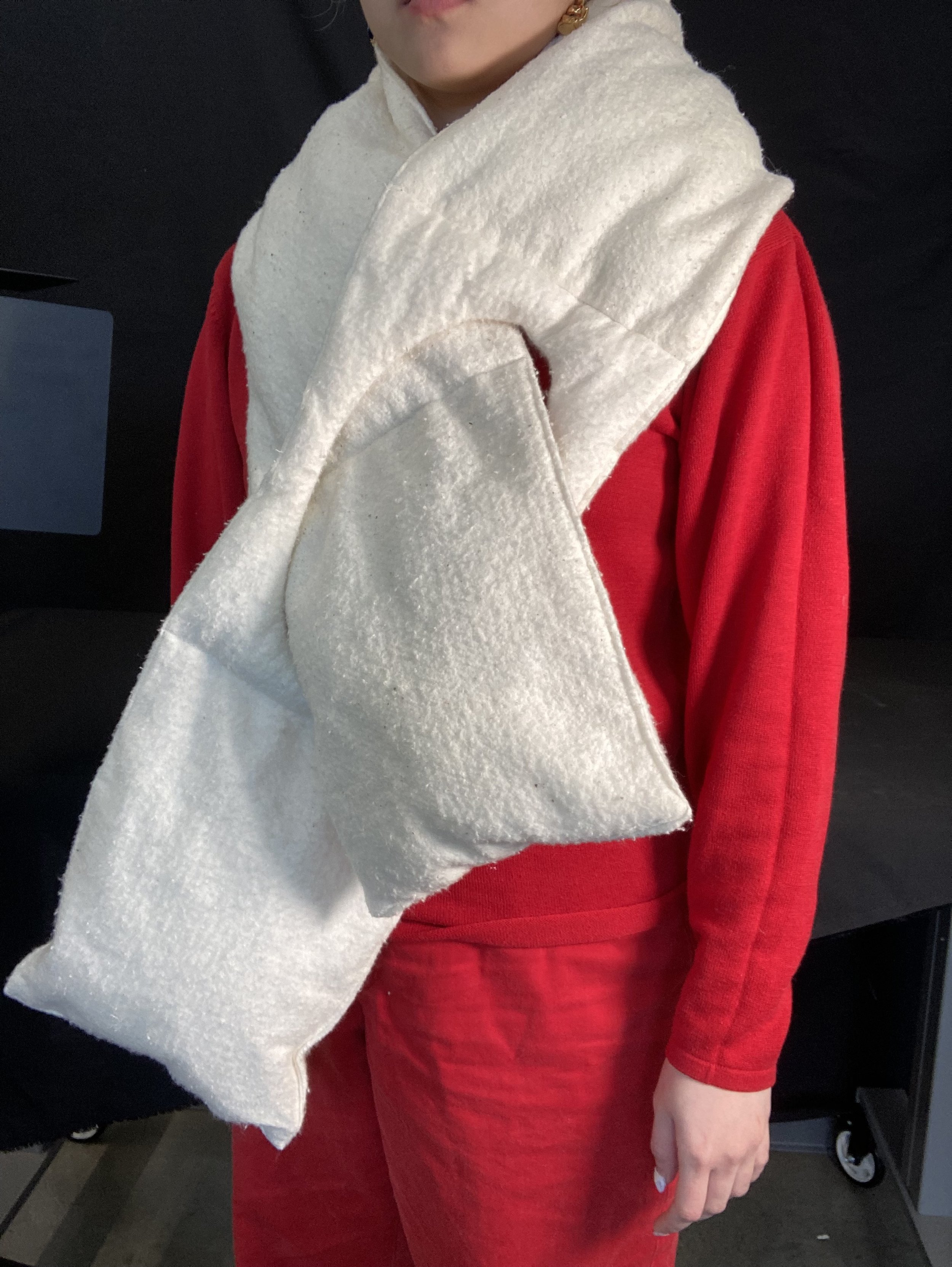
I created a small test piece to experiment with the heat-reactive dye
and explore how the heat patterns would appear and move across the fabric.
Beginning stage of my project
In my final form, I replaced the heating element with vibration due to time constraints. The next stage of the project involves dyeing the textile with heat-reactive dye, followed by the integration of conductive fabric and hardware components.
Despite the challenges of figuring out haptic technology, I learned how to code with Arduino with help from AI. This was my first time incorporating hardware into a wearable, and it’s been a great starting point. It’s helped me gain confidence in working with electronics and made me less afraid of tackling difficult projects.


